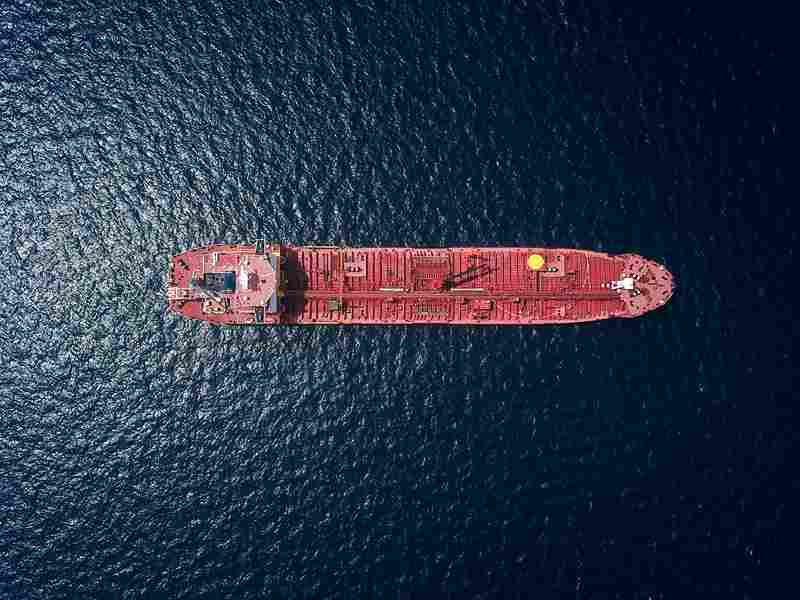
Technological Advancements in Bunker Fuel Containment
In recent years, significant strides have been made in enhancing the containment and management of bunker fuel, which is crucial for powering ships and vessels worldwide. The containment of bunker fuel presents both environmental challenges and operational risks if not properly managed. Here are some of the latest technological advancements that have revolutionized this field:
- Advanced Double Hull Designs: One of the earliest breakthroughs in bunker fuel containment was the adoption of double hull designs in tanker ships. This innovation provides an extra layer of protection by creating a secondary barrier between the cargo and the outer environment, significantly reducing the risk of fuel spills and leaks.
- Innovative Coating Technologies: Modern coating technologies have vastly improved the durability and resistance of bunker fuel tanks against corrosion and wear. These advanced coatings not only extend the lifespan of the tanks but also mitigate the risk of fuel contamination due to structural deterioration.
- Real-time Monitoring Systems: The advent of sophisticated monitoring systems has transformed bunker fuel management. These systems employ sensors and data analytics to continuously monitor fuel levels, quality, and conditions within storage tanks. Any deviations from predefined parameters trigger immediate alerts, enabling proactive maintenance and minimizing the potential for environmental damage.
- Next-generation Containment Materials: The development of high-strength, lightweight materials, such as advanced composites and alloys, has enabled the construction of more robust bunker fuel storage systems. These materials offer superior resistance to physical damage and chemical corrosion, enhancing overall safety and reliability.
- Integrated Management Platforms: Comprehensive software platforms now integrate various facets of bunker fuel management, including procurement, storage, consumption tracking, and compliance with stringent environmental regulations. These platforms streamline operations, optimize fuel usage, and ensure adherence to environmental standards.
- Emerging Green Technologies: There is a growing focus on developing cleaner-burning alternatives to traditional bunker fuels, such as LNG (liquefied natural gas) and biofuels. Additionally, exhaust gas cleaning systems (scrubbers) are being increasingly adopted to remove pollutants from emissions, thereby reducing environmental impact.
- Training and Regulatory Compliance Initiatives: Technological advancements are complemented by rigorous training programs and regulatory initiatives aimed at educating personnel on safe bunker fuel handling practices. These efforts are essential for effectively implementing and maintaining technological innovations in the maritime industry.
In summary, technological advancements in bunker fuel containment have not only improved operational efficiency and safety in maritime operations but also contributed significantly to environmental sustainability. Ongoing research and development continue to drive innovation in this critical area, promising further advancements in safety, efficiency, and environmental responsibility in the maritime sector.





